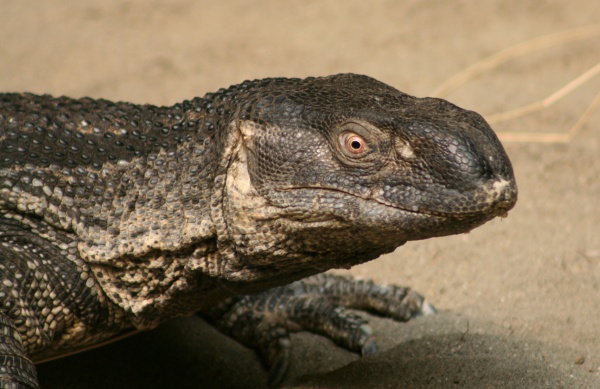Facts About Rock monitor
The rock monitor, a member of the Varanidae family, is a remarkable lizard native to Central, East, and Southern Africa. Locally known as "leguaan" or "likkewaan" this species is the second-longest and heaviest lizard in Africa. It was first described by François Marie Daudin in 1802. Initially believed to be a subspecies of Varanus exanthematicus, subsequent studies on its hemipenal morphology have confirmed it as a distinct species.
Varanus albigularis, the scientific name for the rock monitor, includes several subspecies: the white-throated monitor, the Angolan white-throated monitor, the Eastern white-throated monitor, and the black-throated monitor. These lizards are quite large, with males typically weighing between 6 to 8 kilograms and females ranging from 3.2 to 5 kilograms. Their diet mainly consists of invertebrates, but they also consume tortoises and occasionally scavenge for vertebrate prey.
Interestingly, rock monitors have demonstrated signs of intelligence, such as the ability to count during experiments. They thrive in various parts of Africa, preferring dry habitats like steppes and savannas, although they avoid desert interiors and rainforests.
In some African cultures, particularly in Uganda, folklore suggests that the blood of rock monitors can cure HIV/AIDS. This belief has unfortunately led to increased demand for these lizards on the black market.

 Zimbabwe
Zimbabwe